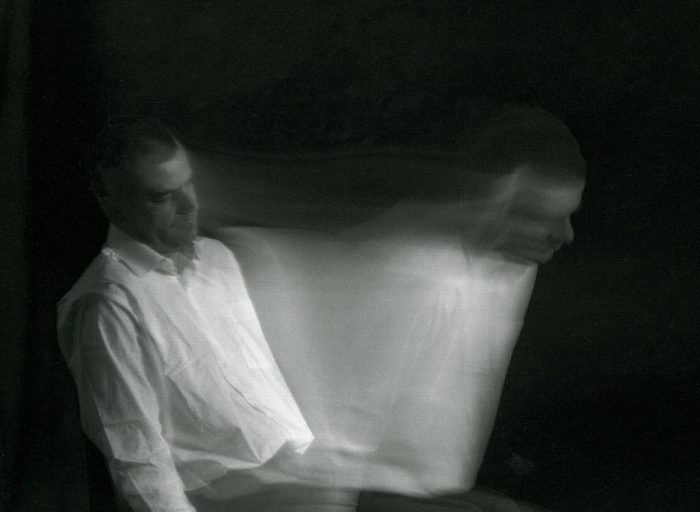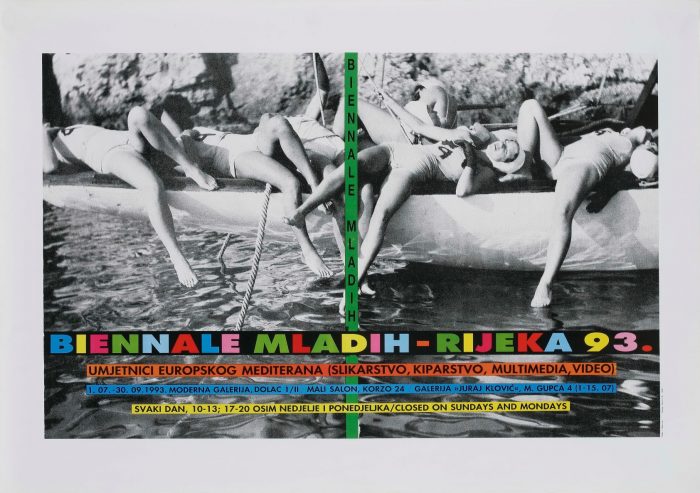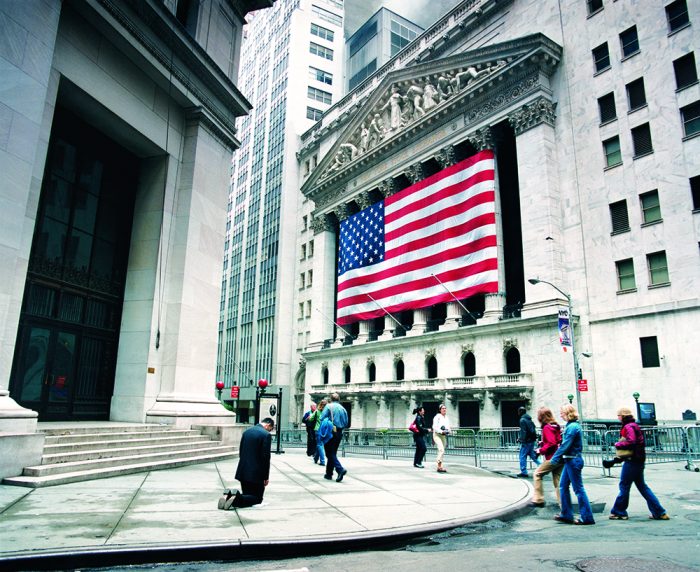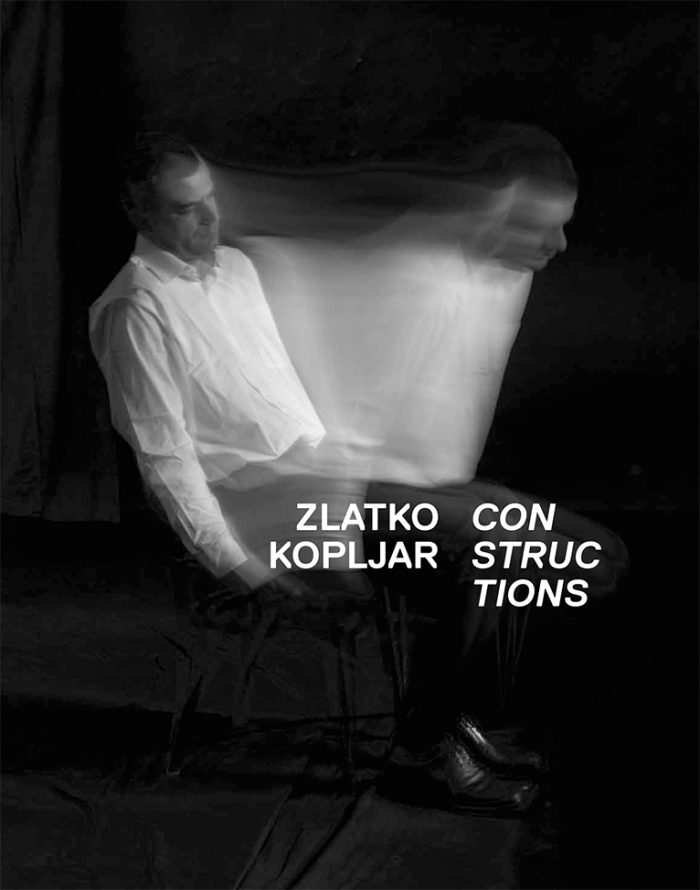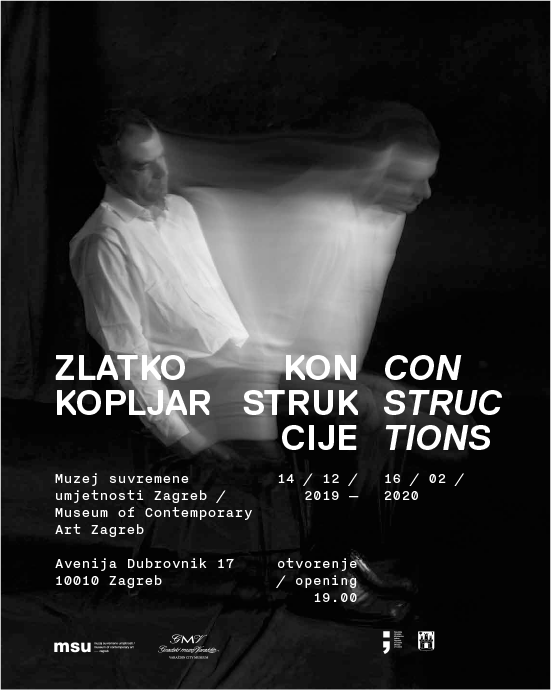Museum of Fine Art, Varaždin, Croatia
14.10-15.11.2020
Curated by Branko Franceschi
After a successful retrospective at the Museum of Contemporary Art in Zagreb, and according to the curatorial concept of art historian Branko Franceschi a befitting selection of Zlatko Kopljar’s works will be presented in accordance with the architectural style and smaller size of Varaždin’s museum’s exhibition halls. The name of the exhibition is a reference to the dramatic painting style of the same name introduced by the greatMichelangelo Merisi da Caravaggio, which marked the beginning of the Baroque period. Varaždin known as Croatia’s baroque city and the baroque Sermage Palace converted into museum of fine art are an ideal setting to introduce tenebrism as a significant quality of Kopljar’s oeuvre. The exhibition presents works marked by the strong contrast of light and darkness, fierce action, and intensity of his worldview and art. It includes all the media Kopljar has employed during the three decades of his career, from an expanded understanding of painting, performance, objects and installations to photography and video.
Read More “Zlatko Kopljar – TENEBROSO”